A money purchase plan is just one option that employers sometimes offer for the purpose of investing for retirement. It has a few main differences from other plans, such as IRAs and 401(k)s. One defining difference is that the employer makes contributions at a fixed annual rate. Let’s take a closer look at money purchase plans and how they work.
What is a money purchase plan?
A money purchase plan (or money purchase pension plan) is an employer-sponsored retirement contribution option. It’s a defined contribution plan – meaning that the plan dictates the annual employer contributions at a fixed rate. Depending on the plan, employee contributions may be an option as well.
While it has similarities to other profit-sharing plans, such as pension plans and 401(k)s, there are a few main distinctives of this type of qualified retirement plan.
How money purchase plans work
With this type of required contribution plan, the employer must make the set annual contributions on behalf of employees, regardless of the company’s cash flow for that year. While this may be a comforting thought for employees, it can also cause concerns during lean years. The plan document defines the set contribution amounts, which are based on salary. In 2023, the maximum contribution levels are up to 25% of compensation or $66,000 – whichever is less.
In a money purchase plan, the retirement savings are tax-deferred until the amount is withdrawn. This allows the money to grow tax free until withdrawals begin. During the lifetime of the account, employees are able to choose among the available investment options that the plan offers. Account owners are not allowed to make withdrawals before the set retirement age. However, the Internal Revenue Service does allow for loans from a money purchase plan in some cases.
When can you withdrawal from a money purchase plan?
At age 59.5, employees can begin taking penalty-free withdrawals from this type of employer-sponsored retirement account. Many employers also choose to set up a vesting schedule, which determines when eligible employees can start taking funds from their retirement accounts. In this case, employees must be both fully vested and at the age of 59.5 before beginning to pull from the account without incurring a tax penalty. While the withdrawals don’t have to begin right at age 59.5, they do need to start by the time the account holder reaches the age of 72. Account holders can take their withdrawals in minimum annual installments or in a lump sum distribution.
Pros and cons of a money purchase plan
Let’s take a step back and look at some of the advantages and disadvantages that this type of defined-contribution plan offers.
Pros
-
- Deferred taxes. The account balance grows tax-free for the employee until retirement age. The employee will pay ordinary income taxes when they begin withdrawing from the account.
-
- High contribution limits. Money purchase plans have the potential for high contribution limits in comparison to other options, such as a 401(k). Because of this, the eligible employee has the potential to end up with a large sum with this type of profit sharing plan after a number of years. Of course, this sum depends on the employee’s pay and the set contribution level of the employer.
-
- Opportunity to choose investments. Although the yearly contributions are made by the employer, the employee actually owns his or her individual account. This means that employees have the opportunity to choose from the available investment options.
-
- Roll over options after leaving the job. Similarly to other types of retirement plans, if an employee leaves the job, he or she can roll over the vested balance to another account, such as an IRA or 401(k).
Cons
-
- Required contributions. A big difference between money purchase plans and other retirement options – such as a 401(k) – is that the funding rules require that the set contribution is met each year. This can cause problems during years that produce poor financial results, especially if it’s a smaller business.
-
- Potential inability of employees to contribute. In many cases, employees are not allowed to contribute to this type of qualified plan. Employers that offer other options, such as a 401(k) paired with a money purchase plan, give a greater degree of flexibility to employees in regards to investing part of the employee’s compensation for retirement.
-
- High administration costs. The business owner tends to incur more administrative costs with a money purchase plan than with other employer-sponsored retirement plans.
Money purchase plan vs. 401(k) – which is best?
Both of these types of defined-contribution plans can be helpful ways for employees to build up a qualified retirement account and save for the retirement years. The way that the accounts are funded is the biggest difference between the two options.
Money purchase plans are primarily funded by the employer. However, employees do have the option to contribute in some cases. On the other hand, with a 401(k), the employee invests a certain amount into the account from each paycheck. The employer may match part or all of the contribution into the account.
Both types of plans have contribution limits on an annual basis. However, one of the unique features of a 401(k) is that catch-up contributions are allowed for employees age 50 and above.
Both types of accounts may or may not allow for loans during the lifetime of the plan. In addition, both allow for tax-deductible contributions into the employee’s account. Both also offer tax-deferred growth.
Should you have a money purchase plan?
Money purchase plans are somewhat niche in that they work best in a business that has steady cashflow and high profit margins. If there isn’t enough cash to fund the plan every year, then the employer winds up on the hook for taxes.
While they’re not always one of the more commonly used company retirement plans, a money purchase plan option can be a good pairing to a 401(k) plan for larger corporations and well-established professional services companies, such as doctors, lawyers, accountants, etc., if the owner(s) want a way to contribute above and beyond 401(k) plan limits. It’s not necessarily a good option for businesses of any size. Money purchase plans often work best in a situation where you have an older owner and young employees.
Need personalized advice on investing for retirement?
At Milestone Wealth Management, we know that investing for retirement can be tricky. There are a wide range of retirement plans out there, each with their own legal requirements, advantages, and disadvantages.
Whether you’re an employee or a business owner looking for retirement plan options, we would be honored to sit down with you and discuss the best investment choices for you or your business. As qualified investment advisors, we have the benefit of having “gone through” retirement dozens of times. We’d love to use our experience and expertise to help you find a plan that fits your situation and lifestyle best.
Book a meeting today!
This material is not intended to replace the advice of a qualified tax advisor, attorney, or accountant. Consultation with the appropriate professional should be done before any financial commitments regarding the issues related to the situations above are made.

